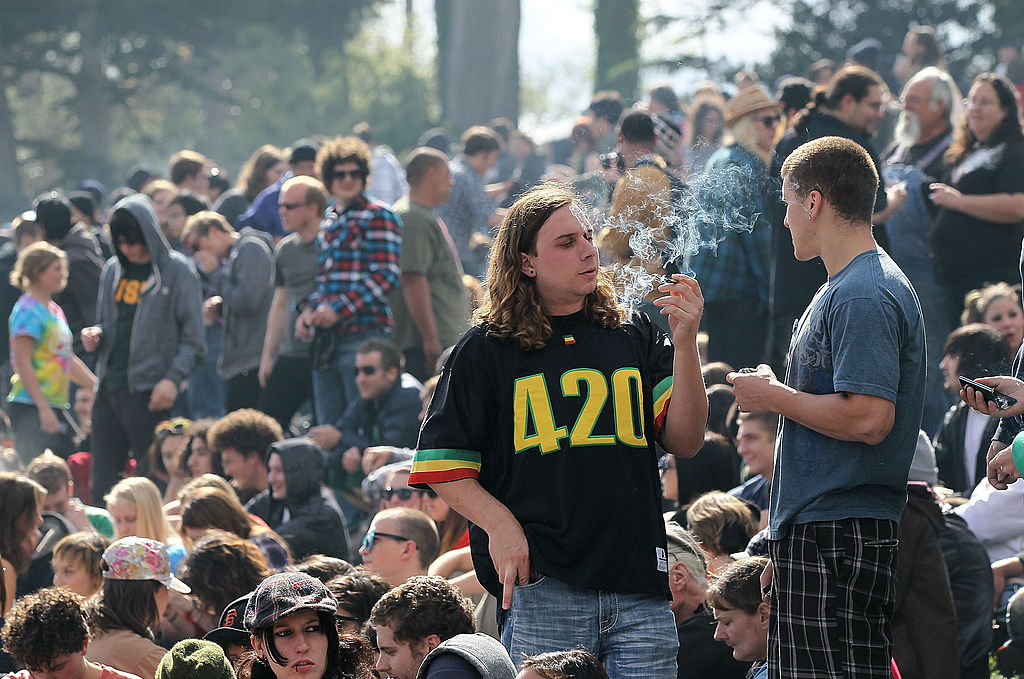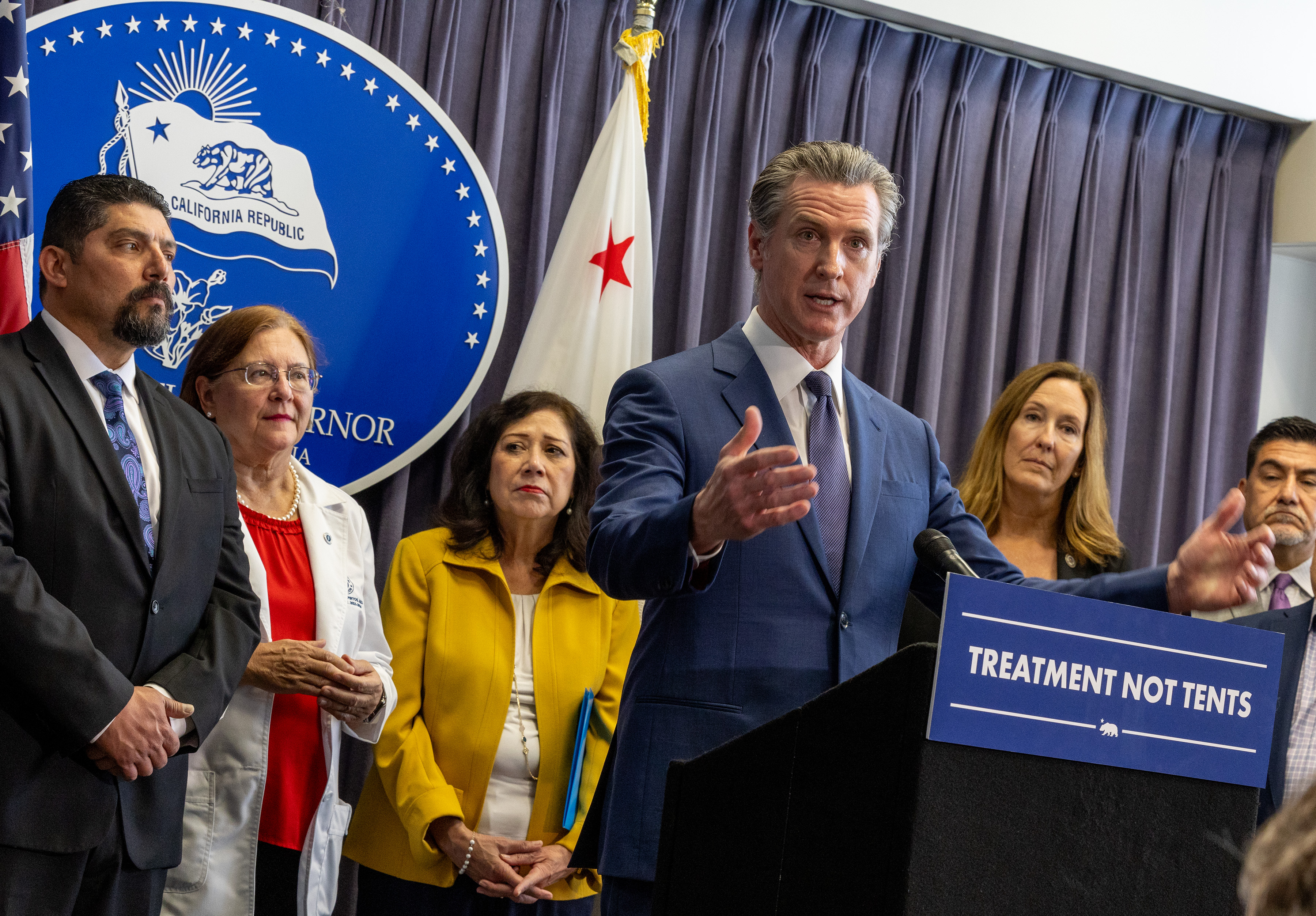Doctors, nurses, sailors and U.S. Marines set up an emergency field hospital Monday in San Francisco as part of a Fleet Week drill to respond to a catastrophic incident.
In this case, the exercise was done in preparation for an earthquake. But, in the wake of the tragic events that took place in Las Vegas late Sunday night, many questions focused on handling victims of a mass shooting.
Dr. Christopher Colwell, director of emergency medicine at Zuckerberg San Francisco General Hospital has been part of an emergency response to two mass shootings in Colorado. He was called out to treat the victims at Columbine High School in 1999, when two students gunned down 12 classmates and a teacher before taking their own lives.
Thirteen years later, Colwell was on duty the night James Holmes opened fire in the Aurora, Colorado, theater.
"So I had a chance to see some of these events unfold and had a real opportunity to learn lessons for how we can be better prepared for events like this," he said.
Colwell had some ideas on how to rethink the way we respond to disasters. Sending ambulances to the scene and then transporting hundreds of victims to hospitals doesn’t work if it ends up overwhelming the emergency rooms, he said.
"We just simply transplant the disaster, which is what we’ve done across this country," he said.
Local
For starters, he’d like to see alternative care sites identified throughout the city, where resources and people could be sent to handle cases closer to the scene.
"Save the hospitals for truly the most critical patients and ultimately get them all to the hospital, but not all at once," Colwell said.
Places like the military field hospital assembled Monday could be put up in churches or gyms or a large space with running water, he said.
"We could identify 50 centers in San Francisco alone that we could mobililze in a matter of hours," Colwell said.
As for the series of drills scheduled for this week, they were to be done in conjunction with the military, the Department of Public Health and the Department of Emergency Services. In the case of a major earthquake, marines and sailors set up a field hosptial and trauma center at Zuckerberg San Francsico General Hospital.
One tent is set up to handle light to moderate injuries while others were designated for trauma center operating rooms and critical care units.
The Marines' officer in charge took a lot of pride in how quickly the teams can set up. He said getting a trauma victim to a medical care within 60 minutes is the key to survival. Trauma teams call it the "golden hour."
"With all hands involved on it, we can make that," said Lt. Rob Parker of the Travis Surgical Unit. "The fastest we’ve done is 26 minutes."
"If you can capture them within an hour, there’s a high chance that they can survive from whatever issue that occurred," said Navy corpsman Lashad Hamilton.
But in mass shootings like the one in Las Vegas that left at least 59 people dead and more than 520 injured, the military’s rapid response wouldn’t be nearly fast enough. The Marines need 96 hours to get their people and equipment deployed.
"That’s a reality, but I don’t think it’s an unreal assumption that we would need help five days after a catastrophic earthquake," said Mike Dayton of the Department of Emergency Management.



